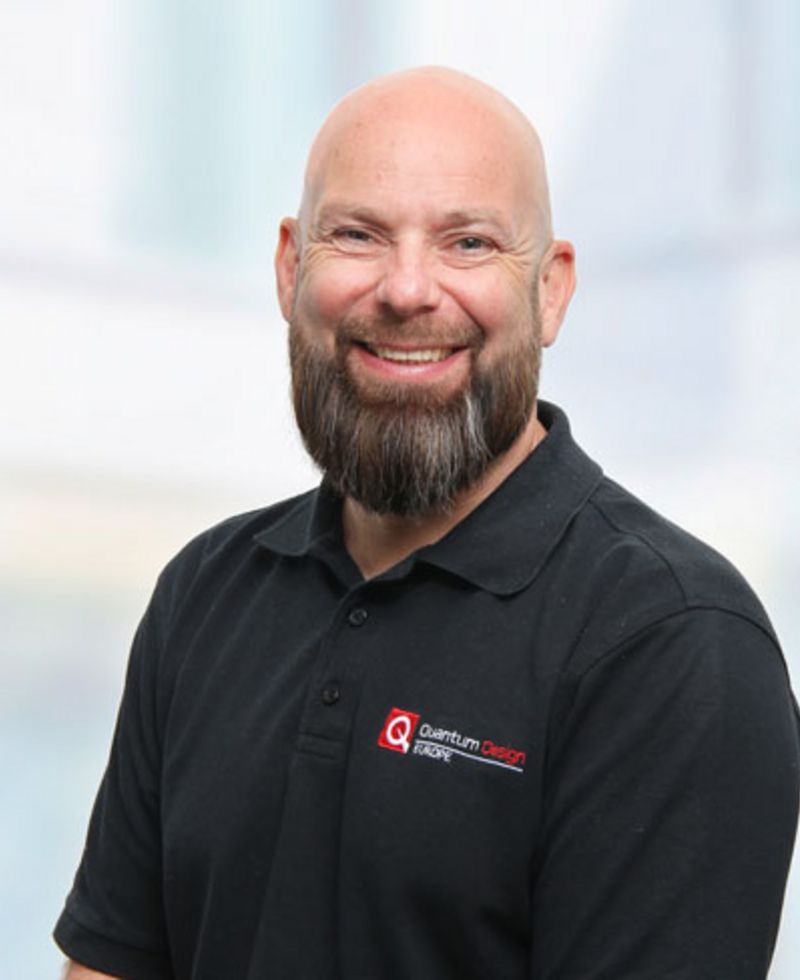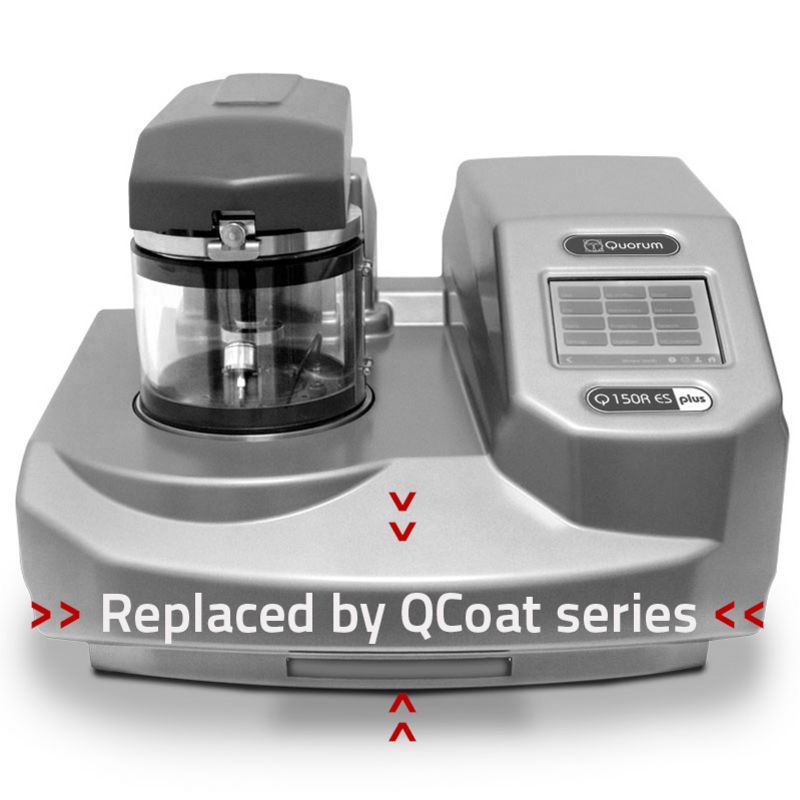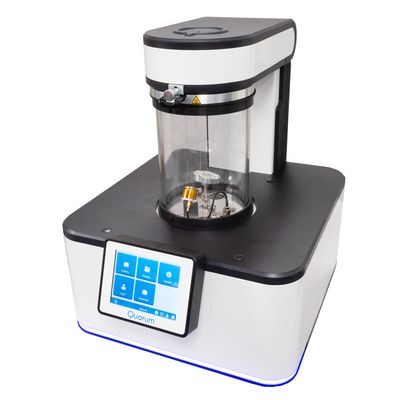Carbon and Sputter Coaters – high vacuum
Q150T Plus -Series from Quorum TechnologiesContact
Dr.
Andreas
Bergner
Product Manager - Electron microscopy & nanotechnology
| +49 6157 80710-12 | |
| +49 6157 80710912 | |
| Write e-mail |

Dr.
Andreas
Bergner
Anne
Kast
Product Manager - Electron microscopy
| +49 6157 80710-456 | |
| +49 6157 807109456 | |
| Write e-mail |

Anne
Kast
Carbon and Sputter Coaters – rotary pumped
The RotaQ series are fully automated, modular coating systems for the deposition of electrically conductive carbon or noble metal films recommended for electron microscopic applications at low and ...
High-Vacuum Carbon and Sputter Coaters – meeting higher demands
The TurboQ Plus series are fully automated, modular coating systems for the deposition of electrically conductive carbon or metal films recommended for electron microscopic applications at low and ...
Navigation
Categories
Contact
Quantum Design GmbH
Breitwieserweg 9
64319 Pfungstadt
Germany
| Phone: | +49 6157 80710-0 |
| E-mail: | germanyqd-europe.com |




